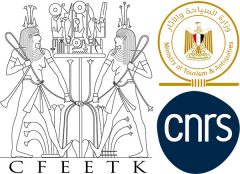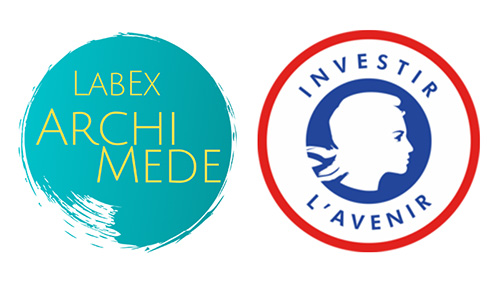RESPONSABLES : Elena Panaite, Clémentine Audouit (Univ. Montpellier 3 Paul-Valéry, UMR 5140 ASM/Equipe ENiM)
COLLABORATIONS INSTITUTIONNELLES : CFEETK (CNRS-SCA/MoTA), LabEx ARCHIMEDE (programme “Investir L’Avenir” ANR-11-LABX-0032-01)
Résumé et objectifs du projet
Le projet a pour objectif l’étude épigraphique de la façade occidentale du 2e pylône du domaine d’Amon-Rê, afin de parvenir à une anastylose virtuelle de son programme décoratif.
Le 2e pylône a été l’entrée principale dans le domaine d’Amon-Rê depuis sa construction à la fin de la XVIIIe dynastie jusqu’à l’édification à la XXIIe dynastie d’une nouvelle cour à l’avant du pylône. Le roi qui a initié sa construction n’est pas établi avec certitude mais le 2e pylône devait être entièrement bâti lors du règne de Ramsès Ier. L’édifice s’étend sur environ 100 m de long et 15 m de large et sa hauteur initiale devait avoisiner celle du 1er pylône, qui s’élève actuellement à environ 40 m. À un moment non déterminé dans l’histoire, les parties supérieures du 2e pylône se sont effondrées, affectant particulièrement les deux môles nord et sud. Le parement de la façade occidentale est presque entièrement tombé. Les blocs épars qui le composaient ont été déplacés par G. Legrain et H. Chevrier au cours des campagnes successives de dégagement de la première cour et du 2e pylône.
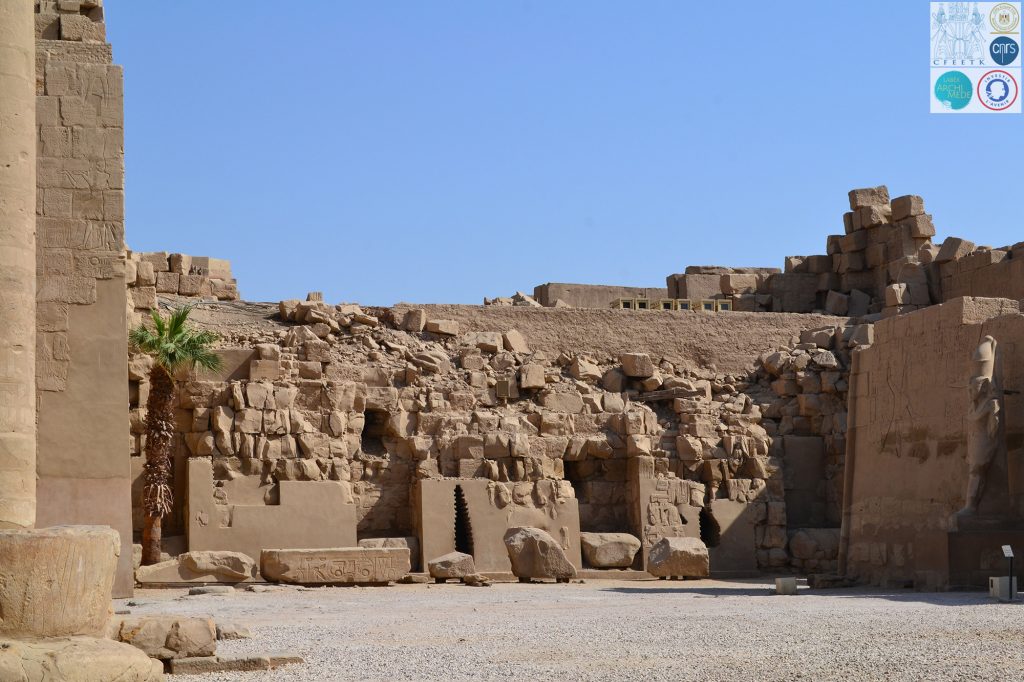
Fig. 1 : Môle sud du 2e pylône (photo E. Panaite) 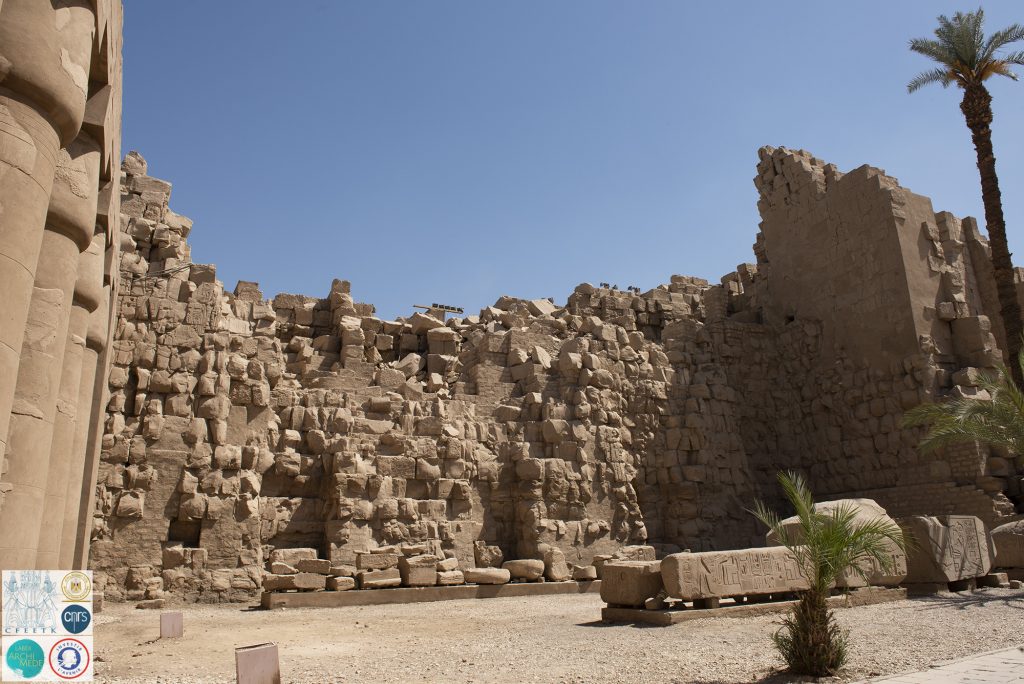
Fig. 2 : Môle nord du 2e pylône (photo E. Panaite)
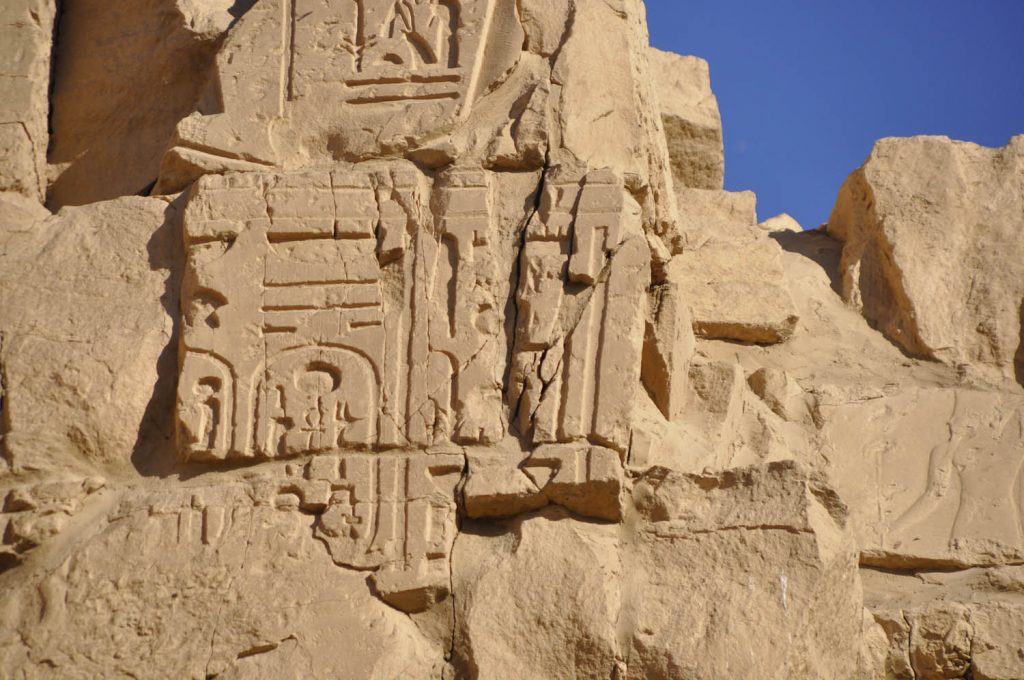
Seules deux scènes d’offrande entières sont préservées in situ à l’extrémité du môle sud. Encore jamais étudiées, elles sont inscrites au nom de Ramsès II et permettent d’avoir un premier aperçu du programme décoratif du pylône à l’époque ramesside. Il se distingue ainsi des scènes de massacre d’ennemis qui couvrent habituellement les faces externes des pylônes, affichant à la place des scènes d’offrande adressées aux divinités tutélaires du temple. Quelques autres blocs encore en place sur les deux môles confirment ce programme sur l’ensemble de la façade.
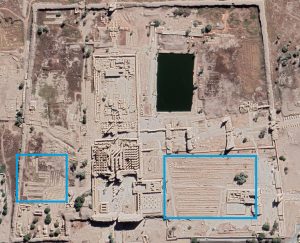
Les blocs épars, entreposés actuellement sur les mastabas sud et nord, sont eux aussi totalement inédits. Ils proviennent des différentes parties du pylône (scènes d’offrandes, frises de cartouches, lignes de dédicace) et seront connectées aux scènes encore en place. Leur étude dans le cadre de ce projet a plusieurs objectifs :
— Reconstituer autant que possible la décoration de la façade occidentale du 2e pylône et préciser les différentes phases au début de l’époque ramesside. Les cartouches de Ramsès Ier et de Ramsès II ont été trouvés sur une partie des blocs.
— Sauvegarder des images numériques afin de garder une trace pérenne de la face inscrite de ces blocs, dont certains sont en l’état très abîmés. Des restaurations ponctuelles seront envisagées.
— Faire connaître cette documentation inédite et mettre en valeur son intérêt scientifique auprès des chercheurs et du grand public. Des panneaux bilingues explicatifs pourront être installés pour les visiteurs des temples de Karnak.
Descriptif des travaux effectués jusqu’à présent
Identification et documentation des blocs épars entreposés sur les mastabas sud et nord
La première étape de ce projet consiste à identifier et inventorier les blocs et les fragments épars conservés sur les mastabas sud et nord. Plusieurs missions de prospection sur les mastabas ont été organisées. Chaque bloc identifié a été enregistré dans une base de données avec sa localisation précise sur la banquette et son descriptif. Plus de 1000 blocs et fragments ont été enregistrés jusqu’à présent et chacun doit être étudié afin de vérifier son emplacement initial sur la façade.
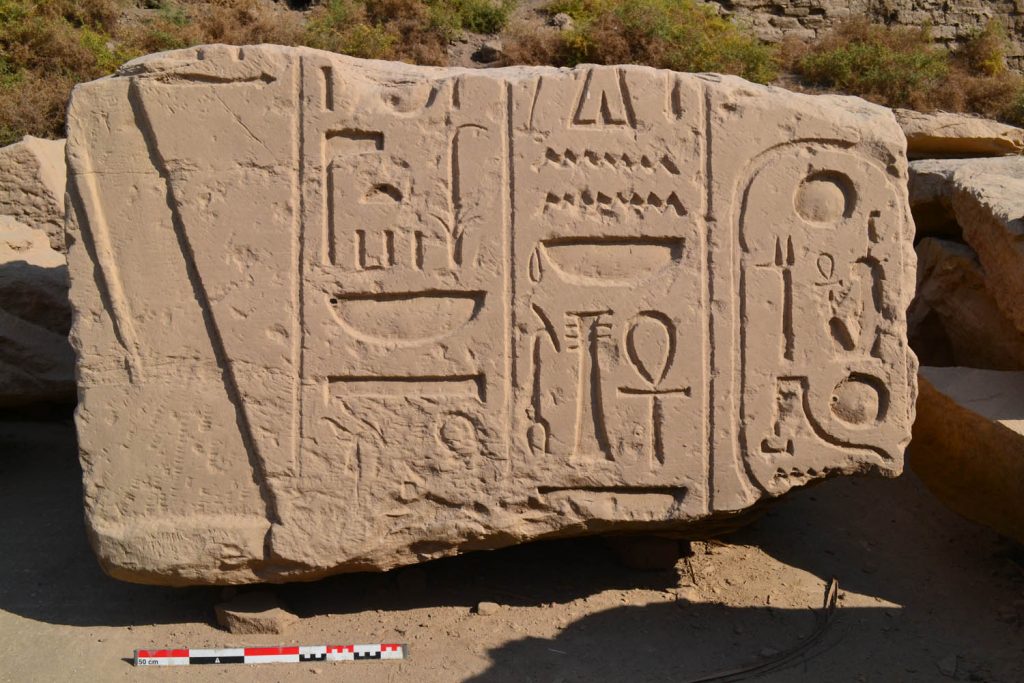
Fig. 5 : Bloc entreposé actuellement sur les mastabas nord (photo E. Panaite). 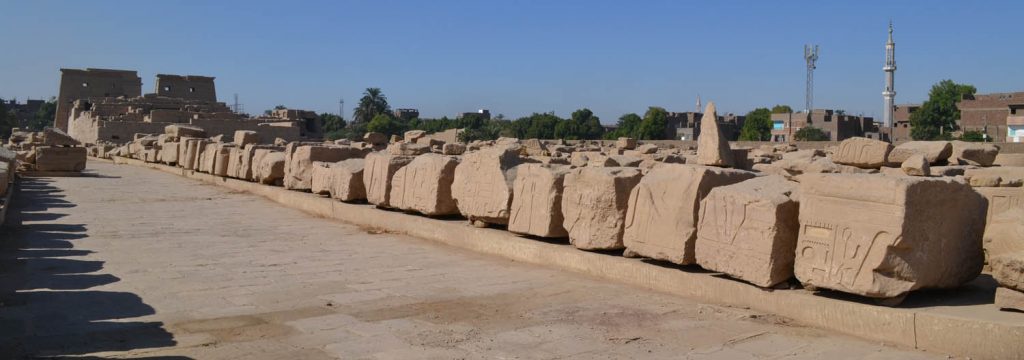
Fig. 6 : Blocs entreposés sur les mastabas sud (photo E. Panaite).
Couverture photographique des blocs et relevés épigraphiques des faces inscrites
Les faces inscrites d’une partie des blocs épars ont été enregistrées sous la forme d’orthophotographies. Celles-ci permettent la sauvegarde des données en haute définition et la réalisation des relevés épigraphiques pour les fac-similés. Ce projet permet aussi de mettre en place de nouvelles méthodes de photogrammétrie. Ces campagnes devront se poursuivre afin de couvrir l’ensemble des blocs épars provenant de la façade.
Le projet s’inscrit dans le programme scientifique en cours qui a pour objet l’étude des pylônes du domaine d’Amon-Rê à Karnak. L’ensemble des inscriptions étudiées sera intégré au Projet Karnak accessible depuis le site internet du CFEETK.
Calendrier prévisionnel
Programme 2017-2018 :
— Identification et documentation des blocs épars.
Programme 2018-2019 :
— Identification et documentation des blocs épars.
— Première campagne de couverture photographique.
Programme 2020-2021 :
— Identification, vérification et documentation des blocs épars.
Programme 2022-2023 :
— Deuxième et troisième campagnes de couverture photographique.
— Début de la réalisation des relevés épigraphiques.
Programme 2024-… :
— Finalisation de la couverture photographique et des relevés épigraphiques.
— Vérification de terrain.
— Préparation du volume de publication.
Publications en lien avec le projet
– AUDOUIT (Cl.), PANAITE (E.), « “The one who illuminates Thebes”: an epigraphic study », Egyptian Archaeology 54, 2019, p. 14-17.
– AUDUIT (Cl.), PANAITE (E.), « Étude épigraphique de la façade occidentale du IIe pylône de Karnak. État de la recherche et premiers résultats », BIFAO 119, 2019, p. 1-35.
Epigraphic study of the West Face of the 2nd Pylon
Summary of the project and goals
The project examines the western façade of the 2nd pylon, in order to virtually recreate its decorative program. The Second Pylon was the main entrance into the temple of Amon-Re from the end of the 18th dynasty until the construction of a new gate and courtyard by Sheshonq I during the 22nd dynasty. The king who initiated its construction is not yet certainly established, but the pylon’s architecture must have been finished by the reign of Rameses I. The building is about 100 m in length and 15 m wide. Its initial height should have been close to the 1st pylon which stands presently at 40 m. At some undetermined point in its history, the upper parts of the 2nd pylon collapsed, particularly affecting the northern and southern towers. The facing of the western façade fell almost in its entirety. The loose blocks were moved by G. Legrain and H. Chevrier during successive campaigns to clear the first courtyard and the 2nd pylon.
Only two complete offering scenes are preserved in situ at the end of the southern tower. They have never been studied before. They are inscribed with the name of Ramses II and provide a first glimpse of the pylon’s decorative program in the Ramesside period. The program differs from the scenes of slaughter of enemies that usually cover the exterior faces of pylons, displaying instead offering scenes addressed to the temple’s main deities. A few other blocks still in place on the two towers confirm this decorative program for the entire face.
The loose blocks currently stored on the southern and northern mastabas have also never been studied. They come from different parts of the pylon (offering scenes, cartouche friezes, dedication lines) and will be connected to the scenes still in place. Their study as part of this project has several objectives:
— Recreate as much as possible the decoration of the western face of the 2nd pylon and identify its successive phases at the beginning of the Ramesside period. The cartouches of Ramses I and II were found on some of the blocks.
— Save digital images in order to keep a permanent record of the inscribed face of these blocks, some of which are very damaged. Restoration work may be planned from time to time.
— Introduce researchers and the wider public to this unpublished documentation and highlight its scientific value. Bilingual explanatory panels could be installed for visitors in the Karnak temples.
Description of work carried out so far
Identified and documented the loose blocks stored on the southern and northern mastabas
The first step of this project was to identify and inventory the loose blocks and fragments preserved on the southern and northern mastabas. Several prospecting missions were organized on the mastabas. Each block identified was recorded in a database with its precise location on the mastaba and its description. More than 1000 blocks and fragments have been recorded to date, and each one will be study in order to verify its original location on the western face.
Photographic coverage of the blocks and epigraphic survey of the inscribed faces
A part of the loose blocks has been recorded as orthophotographs. These will enable high-definition data to be saved and archaeological drawings to be carried out. New photogrammetry methods have also been tested with this project. These campaigns will be continued in order to cover all the loose blocks from the western face.
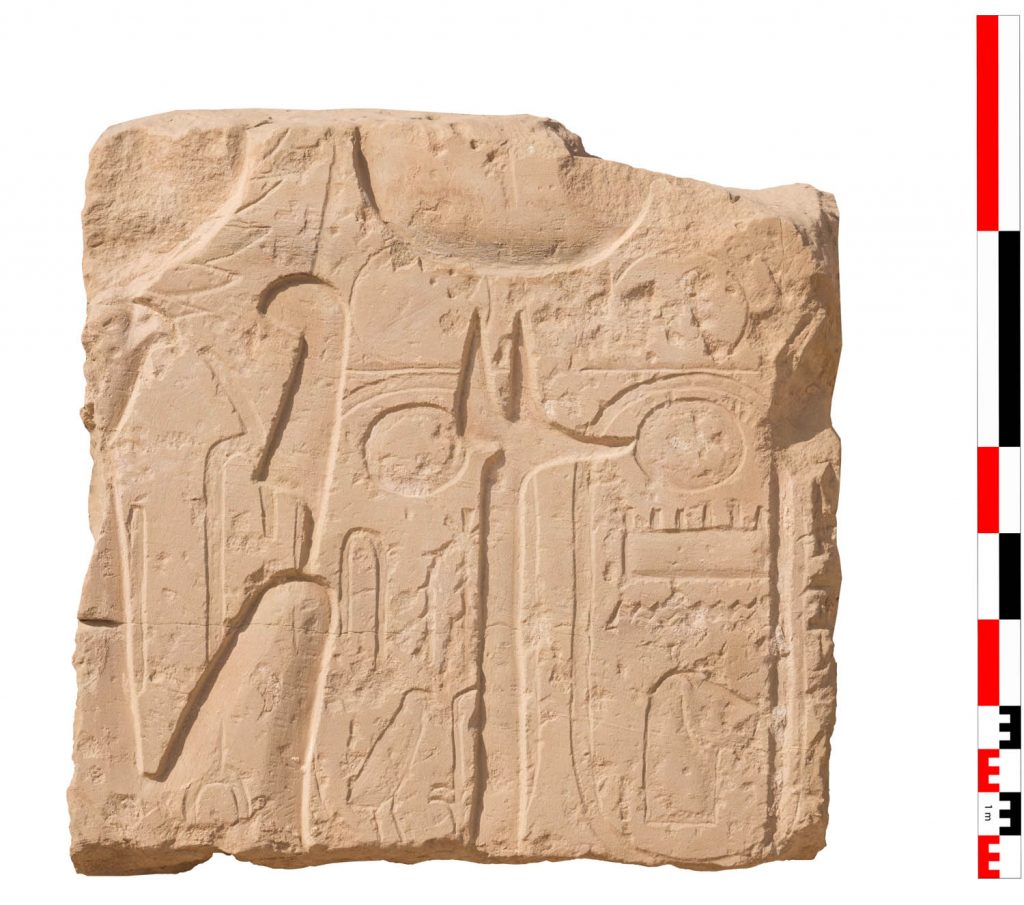
The project is in line with the ongoing research programs which study the pylons from the estate of Amon-Re in Karnak. All the inscriptions recorded will be included in the Karnak Project, accessible from the CFEETK website.
Timetable
Program 2017-2018:
— Identified and documented the loose blocks.
Program 2018-2019:
— Identified and documented the loose blocks.
— First photographic coverage mission.
Program 2020-2021:
— Identified, verified and documented the loose blocks.
Program 2022-2023:
— Second and third photographic coverage missions.
— Epigraphic survey of loose blocks and scenes in situ.
Program 2024-… :
— Completing of photographic coverage and epigraphic surveys.
— Field checking.
— Preparing the publication volume.
